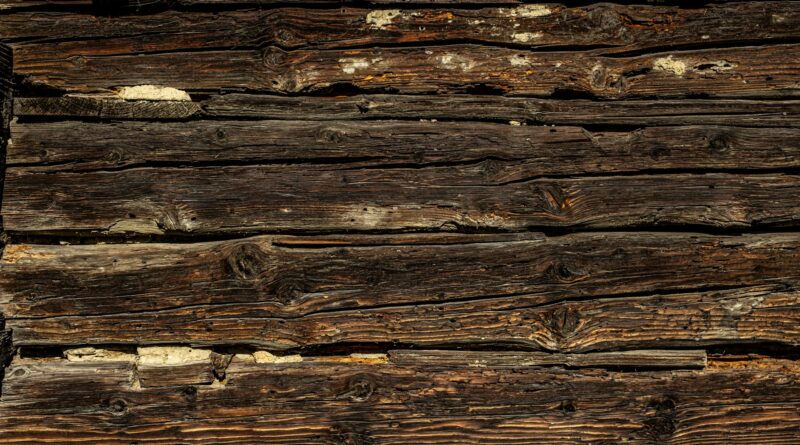Recognize Termite Damage Before It’s Too Late
Termites can cause significant damage to your home if left unchecked. Knowing how to identify signs of termite infestation early can save you time, money, and stress. Continue reading to learn how you can recognize termite damage before it becomes a severe problem, helping your home remain safe and sound.
Hollow-Sounding Wood
Wood that sounds hollow when tapped is one of the most telling signs of termite damage. When termites invade, they consume wood from the inside out, leaving a thin veneer of wood or paint that can easily go unnoticed. To check for this, gently tap on walls, floors, or wooden structures; if the wood sounds hollow or papery, it may indicate termite activity beneath the surface.
Blistering or Bubbling Paint
Blistering or bubbling paint on walls or wood surfaces often indicates moisture buildup, which termites need to survive. Unlike standard paint imperfections, these bubbles often indicate moisture buildup caused by termites tunneling through wood and drywall. Acting quickly at the first sign of blistering or bubbling paint can prevent extensive damage and costly repairs.
Mud Tubes on Walls and Foundations
Subterranean termites create mud tubes as protective tunnels between their colony and food sources. These tubes are often found on walls, foundations, and other surfaces leading into your home. Checking for mud tubes regularly can help you catch an infestation in its early stages.
Droppings and Frass
Termite droppings, known as frass, are small, pellet-like materials often found near infested wood. These tiny, wood-colored pellets are essentially termite excrement and often resemble grains of sand or sawdust. You’ll typically find them near wooden structures, such as beams, furniture, or flooring, indicating that termites are actively feeding and tunneling through the wood. Spotting these droppings early allows for timely intervention, ensuring that the infestations can be managed before they cause significant structural damage.
Swollen Floors and Ceilings
Termite damage can cause floors and ceilings to swell or sag. This happens because termites weaken the structural integrity of the wood, leading to uneven surfaces. If you notice any unusual warping or swelling in your home’s floors or ceilings, it’s time to investigate further.
Discarded Wings
When termites swarm, they often shed their wings near entry points to their new colony. Finding discarded wings around windowsills, door frames, or other entry points is a strong indicator of a termite infestation. Checking these areas periodically can help you spot termites early.
Tight-Fitting Doors and Windows
If you’ve noticed that your once smoothly operating doors are now tight in their frames, or your windows have become difficult to open and close, it might be more than just an issue of humidity. Termites can warp wood as they tunnel through it, causing frames to become misaligned. Left unchecked, these pests can wreak havoc, resulting in costly repairs and extensive damage.
Final Thoughts
Recognizing the signs of termite damage early can prevent extensive and costly repairs. By staying vigilant and regularly inspecting your home for these indicators, you can protect your property from these destructive pests. If you suspect termite activity, it’s crucial to contact a pest control professional like Good News Pest Solutions immediately to address the problem. Keep your home safe and secure—take action at the first sign of trouble.




